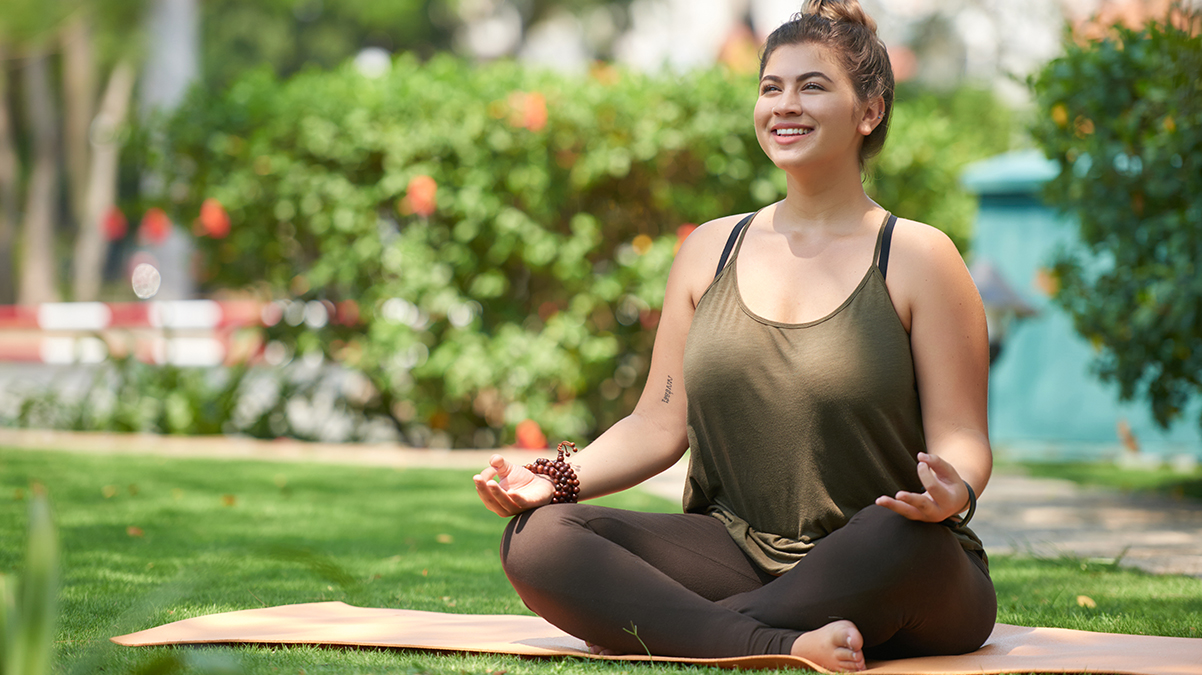The Power of Yoga and Meditation

There are many different ways to exercise, and they often impact blood-sugar in different ways. Yoga is a good way to balance out the highs and lows. It can help to reduce stress and lower your blood sugar as well as improve your flexibility, strength and balance.
Delayed Onset Hypoglycemia, or blood sugar lows, can occur following hours after intense exercise, including yoga. When you finish exercising, your body burns glucose at a higher rate than normal. This puts you at risk for a hypoglycemic event for up to 48 hours after you’ve finished exercising. This can be prevented by:
- Keeping track of your physical activity and the effects it has on your body
- Using a CGM or frequent blood sugar monitoring to track your body’s response to activity
- Asking your doctor if you should be decreasing basal insulin or meal boluses after activity
These tactics can also be used to prevent hyperglycemia, or blood sugar highs. Some other options include:
- Incorporating relaxation, breathing, visualization tools to address pre-workout emotional stress
- Limiting pump disconnection time
- Staying hydrated
Prevention in Action
T1D athlete Maddie Maloney incorporates relaxation into her type 1 diabetes management. She uses a combination of yoga and meditation to balance out her participation in other, higher-intensity sports like tennis, without putting her body at risk.
When Maddie began playing D1 tennis in college, she knew that she had to control her emotions to avoid spikes in adrenaline that might cause correlating spikes in blood sugar. Meditation became a great way for her to prevent pre-match spikes, and to stay calm throughout the game.
Continuing her meditation practice through sculpt yoga, Maddie has become more in tune with her body, figuring out what foods work for her, and how she can best control more intense emotions. Maddie has approached her athletic journey the same way she approaches her type 1 diabetes: always focused on improving rather than winning.